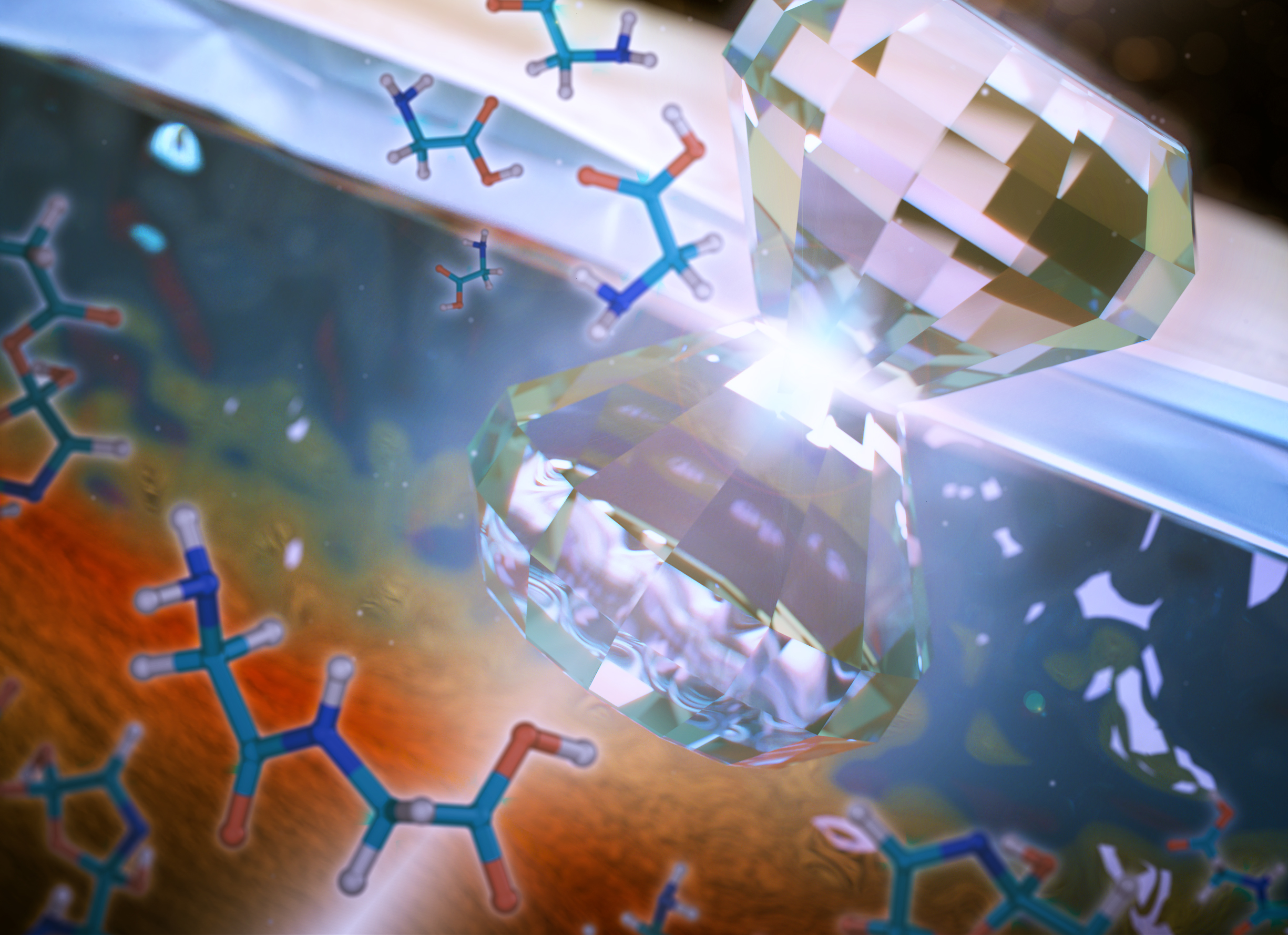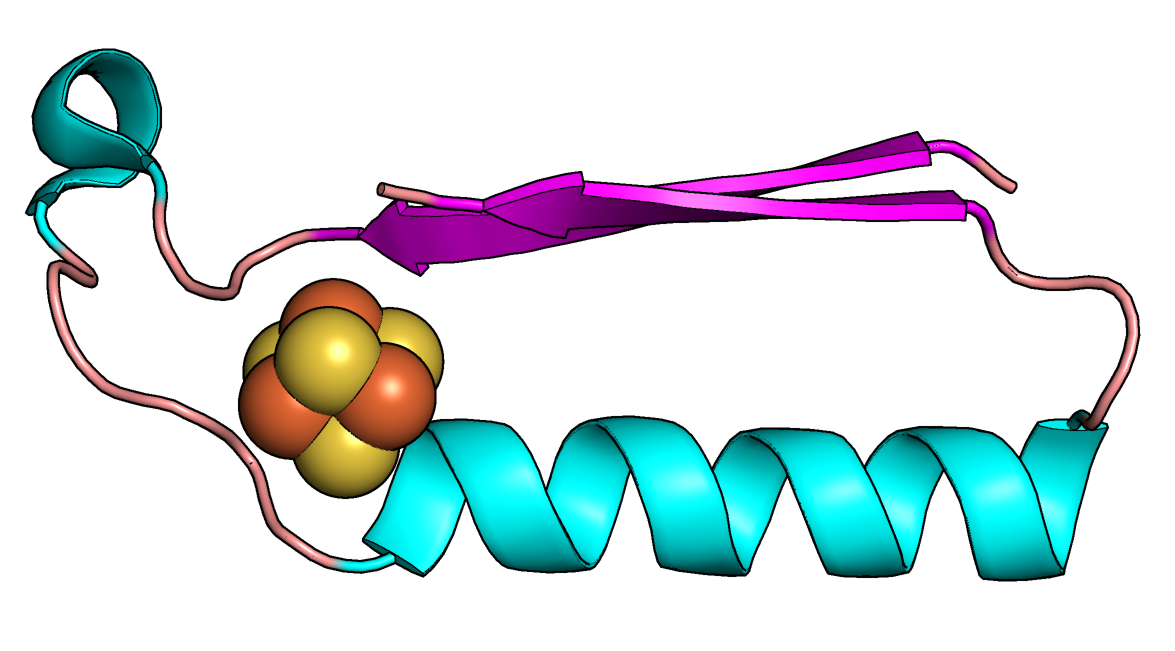A recent study has unlocked the secrets of amino acid metabolism in tea plants, revealing the pivotal role of nitrogen assimilation in root tissues and the long-distance transport of key amino acids to leaves.
Tag: Amino Acids
High-salt Diet Alters Kidney Metabolism, Other Metabolic Functions
Rockville, Md. (February 23, 2024)—A high-salt diet leads to alterations in kidney metabolism, according to researchers from the University Medical Center Hamburg-Eppendorf in Germany. Kidneys are critical metabolic organs that are responsible for filtering, reabsorbing, secreting and metabolizing “vast amounts…
It’s the spin that makes the difference
Biomolecules such as amino acids and sugars occur in two mirror-image forms – in all living organisms, however, only one is ever found. Why this is the case is still unclear. Researchers at Empa and Forschungszentrum Jülich in Germany have now found evidence that the interplay between electric and magnetic fields could be at the origin of this phenomenon.
St. Jude shows cancer resistance protein can have its cake and eat it too
Scientists at St. Jude Research Hospital unravel the mechanisms behind a key culprit in chemotherapy resistance.
Researchers Leverage Cell Self-Destruction to Treat Brain Tumors
Dominique Higgins, MD, PhD, an assistant professor in the Department of Neurosurgery, and a team of researchers at Columbia University have found that glioblastoma tumor cells are particularly sensitive to ferroptosis – a type of cell death that can be triggered by removing certain amino acids from the diet.
New molecular blocker halts breast cancer metastasis
Cancer cells use feet-like protrusions called invadopodia to degrade underlying tissue, enter the bloodstream and form metastases in other organs.
Meteorites plus gamma rays could have given Earth the building blocks for life
One hypothesis about how life began on earth is that meteorites delivered amino acids—life’s building blocks—to our planet. Now, researchers reporting in ACS Central Science have experimentally shown that amino acids could have formed in these early meteorites from reactions driven by gamma rays.
Activity ‘Snacks’ Following Meals May Help Maintain Muscle Mass
Interrupting prolonged sitting with periodic activity “snacks” may help maintain muscle mass and quality, according to a new study by researchers at the University of Toronto.
Shark antibodies may have the teeth to stop COVID-19
Tiny antibodies in sharks have dexterity and flexibility that human antibodies do not. They can bind tightly to the spike proteins of coronaviruses and neutralize the virus. This could help researchers develop new vaccines and therapies for COVID-19.
Are there DBPs in that cup of tea?
Researchers reporting in Environmental Science & Technology measured 60 DBPs in three types of tea, unexpectedly finding lower levels in brewed tea than in tap water. However, they also detected many unknown DBPs with uncertain health effects.
Polymers in Meteorites Provide Clues to Early Solar System
Meteorites that do not experience high temperatures at any point in their existence provide a good record of complex chemistry present when or before our solar system was formed. So researchers have examined individual amino acids in these meteorites, many of which are not in present-day organisms. In Physics of Fluids, researchers show the existence of a systematic group of amino acid polymers across several members of the oldest meteorite class, the CV3 type.
Texas A&M AgriLife Research study to focus on amino-acid radicals
Texas A&M AgriLife Research will study the function of amino-acid radicals, which are fundamental to both beneficial and harmful chemical reactions in living organisms.

Weizmann Institute of Science and Colleagues Show How Cancer Cells Hurt Themselves to Hurt Immune Cells More
Melanoma is skilled at evading therapies, with its cells going so far as to starve in order to stop the immune cells that would eradicate them. A team from the Weizmann Institute, including Prof. Yardena Samuels; the Netherlands Cancer Institute; and the University of Oslo have revealed one of melanoma’s tricks – never before seen in human cells – and a therapeutic target.

NUS researchers develop novel process that turns branches and prawn shells into nutritional supplements and medicine
Researchers from NUS Engineering have developed a novel conversion approach that marries chemical and biological processes to produce high-value amino acids such as L-DOPA and L-Proline from low-cost, abundant waste material like crustacean shells and sawdust.

More turkey dinners for people with celiac disease?
An international team of researchers led by McMaster University has found that tryptophan, an amino acid present in high amounts in turkey, along with some probiotics, may help them heal and respond better to a gluten-free diet. The findings highlight the potential therapeutic value of targeting tryptophan metabolism in the gut in celiac disease to better control symptoms, despite the gluten-free diet, and accelerate intestinal healing.

Compressive shearing forces may jumpstart life on rocky moons and planets
Massive compressive shearing forces generated by the tidal pull of Jupiter-like planets on their rocky ice-covered moons may form a natural reactor that drives simple amino acids to polymerize into larger compounds. These extreme mechanical forces strongly enhance molecule condensation reactions, opening a new arena of possibilities for the chemical origins of life on Earth and other rock planets, according to new research from Lawrence Livermore National Laboratory.
Turning alcohol into key ingredients for new medicines
Chemists have found a way to turn alcohol into amino acids, the building blocks of life.

Scientists Have Discovered the Origins of the Building Blocks of Life
Rutgers researchers have discovered the origins of the protein structures responsible for metabolism: simple molecules that powered early life on Earth and serve as chemical signals that NASA could use to search for life on other planets. Their study, which predicts what the earliest proteins looked like 3.5 billion to 2.5 billion years ago, is published in the journal Proceedings of the National Academy of Sciences.

Two Rutgers Professors Named Fellows of AAAS
Two Rutgers professors have been named fellows of the American Association for the Advancement of Science (AAAS) this year, an honor awarded to AAAS members by their peers. They join 441 other AAAS members named new fellows because of their scientifically or socially distinguished efforts to advance science or its applications. The fellows will be presented an official certificate and a gold and blue (representing science and engineering, respectively) rosette pin on Feb. 15 at the AAAS Fellows Forum during the 2020 AAAS Annual Meeting in Seattle, Washington.